SVT (Supraventricular Tachycardia)
Supraventricular tachycardia (SVT) is a serious arrhythmia characterized by abnormally rapid heartbeats originating above the heart’s ventricles. This condition can lead to symptoms such as palpitations, dizziness, and in severe cases, cardiac arrest. This practice paper focuses on ACLS megacode simulation exercises designed to enhance your ability to recognize and manage SVT. Participate and be prepared to handle emergencies involving supraventricular tachycardia.
Hurry, don’t let time run out! 5 mins 00 secs
2/10
Good try!
Now you can give it another shot9/10

